Is Fluorocarbon Leader Really Stronger Than Main Line? [Test Results]
- By: Luke Simonds
- on
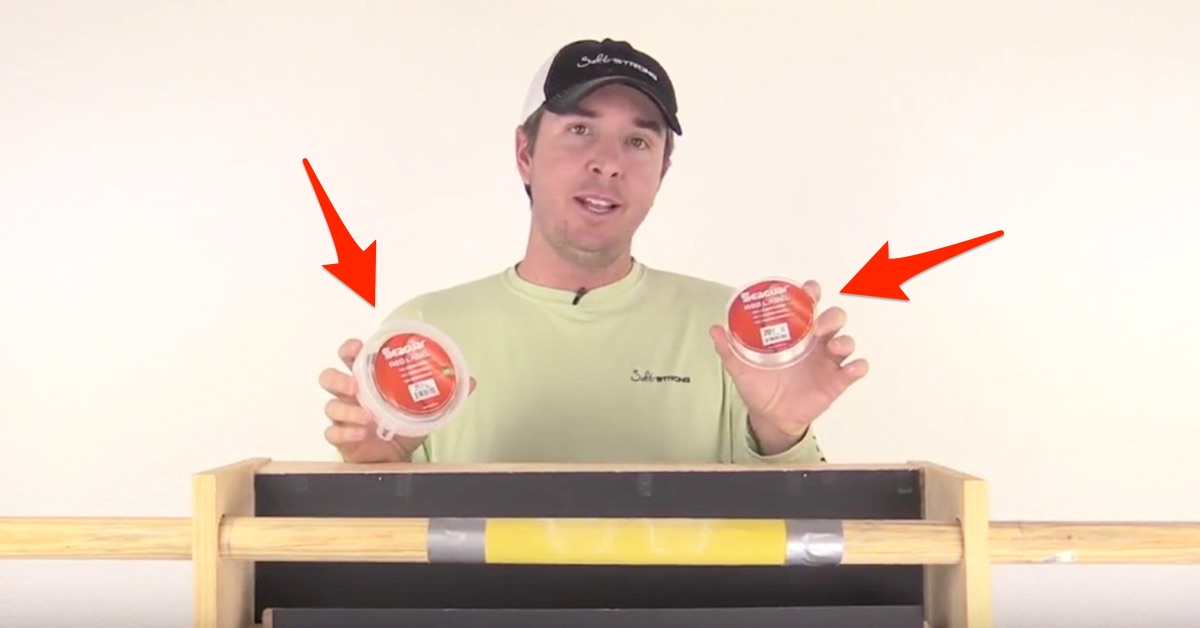
Wow!!!
Wait until you see the results of this fluorocarbon fishing line strength test…
It shocked everyone on the team here at Salt Strong.
Quick backstory:
With the rising popularity of fluorocarbon lines, we’ve had numerous Salt Strong Fishing Tribe members have asked about the difference between the material in a fluorocarbon leader line compared to a fluorocarbon line designed to be in the reel’s spool.
This question is coming up because there is a large price difference between the two.
In fact, it is very common for fluorocarbon leader line to be 5+ times more than fluorocarbon main line when measured on a price-per-yard basis.
Fluorocarbon Leader Price
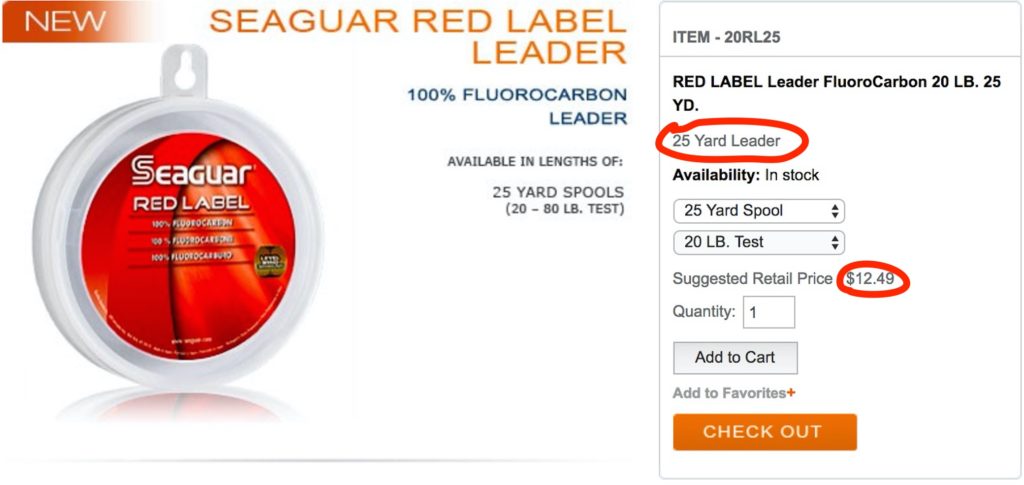
See what I mean above?
As shown in the screenshot above, the price per yard of this Red Label Fluorocarbon Leader line is $.49 cents per yard.
This is much higher than the cost of the same brand that is sold as main line…
Fluorocarbon Main Line Price
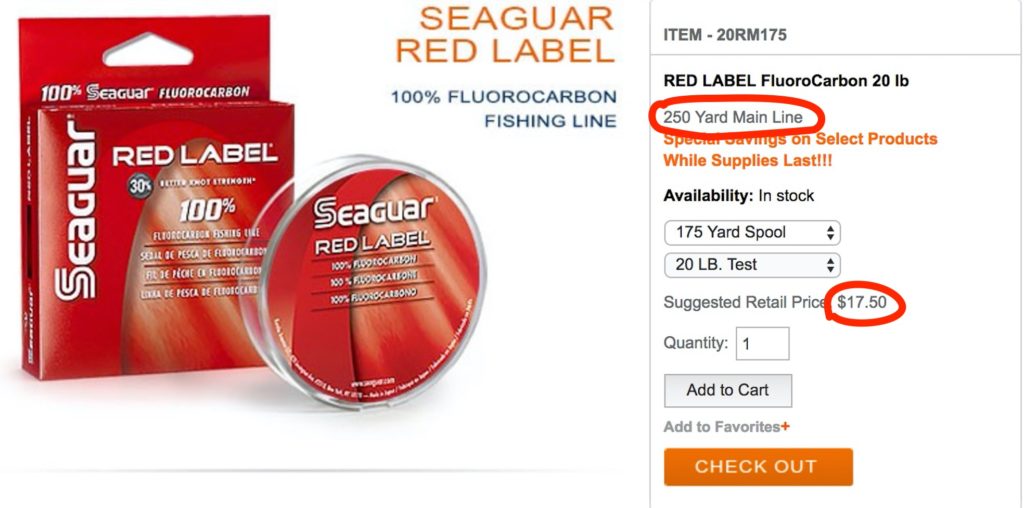
The cost of this Fluorocarbon Main Line in this offer is just $0.07 per yard.
This is a special offer, but the normal cost per yard of this same line is typically just ~10 cents per yard.
So what is the justification for such a big (500%) price difference when both lines are both 100% fluorocarbon line?
Is some fluorocarbon better than others?
These are the two primary questions that I set out to answer.
Why Is Fluorocarbon Leader More Expensive?
After some research, it seems like the most common answer to the reason for the increased price of fluorocarbon leader is due to it being more resistant to abrasion.
And the importance of that makes complete sense because the leader line gets exposed to rough surfaces so much more than the mainline due to it being in contact with a fish’s mouth as well as any sort of structure that a fighting fish will seek out for protection.
So a line that’s more abrasion resistant would give anglers a huge boost, which makes paying a higher premium a valid choice.
But that led me to this next question…
The big elephant in the fluorocarbon fishing line room…
Is Fluorocarbon Leader Extra-Abrasion Resistant?
If you go with the chatter in online forums, the answer to this seems to be an absolute Yes.
HOWEVER…
I have personally not seen any documentation on exactly how much stronger fluorocarbon leader line actually is (if any at all).
So I decided to build a line testing tool that would allow me to actually test the abrasion resistance of lines against one another so that I could know for sure.
Here’s what the line testing platform looks like:

This line testing assembly allows for an accurate abrasion test because it isolates the two lines on the same surface (sandpaper) with same tension (weights of equal magnitude).
And although the oscillation is controlled by hand (vs. machine), any inconsistencies of oscillation speed will not interfere with the overall results because any imperfect motions will impact both lines equally at the same exact time.
Here are the steps I took for each fluoro line test:
- Tie each line to a screw at the top of the line tester
- Tie each line to a weight with the same length of line so that their swing rates are equal
- Place each line over the sandpaper slowly so that it doesn’t cause any wear on the lines
- Oscillate the sandpaper pole back and forth until the lines break
- Document which line broke first (aka. which line was the weakest)
- Document how many more oscillations the winning line could take
And the final step was, of course, to report the findings to you in the video below.
Note: To make sure that all was recorded properly, we filmed the entire test so that we could spot any anomalies.
The Fluorocarbon Leader vs. Fluorocarbon Main Line Test
Since this seems to have been a heavily discussed topic, we thought it would be helpful to share the video of the experiment with you so that you could see exactly how it was performed.
Here’s a video that shows the experiment along with the final conclusion that was quite the surprise:
To get notified of future tests like this, go to our Home Page and join the Fishing Tribe.
Conclusion
This first line test taught me to be cautiously optimistic about what I read in online forums.
Because the major theme that seemed to be the dominant answer to why fluorocarbon leaders are more expensive (or better) than fluorocarbon main line was because it’s more abrasion-resistant.
But given the results of this test, there doesn’t appear to be true for all lines.
Given that just two lines were analyzed in this test, we, of course, can’t draw any conclusions about the abrasion-resistant capabilities of other fluorocarbon leaders…
All we can conclude right now is that not all fluorocarbon leaders are stronger than their equivalent main lines.
More lines will need to be evaluated, so I’ll be sure to perform more tests.
And if there is interest generated from this post, I’ll be happy to film the future tests so that I can show the results as they come in.
Leave a comment below with any line brands that you’d like me to try next if you would like to see more tests like this…
I plan to perform many more tests so that we can know which ones truly are the best at withstanding the rough mouths of our favorite fish for when we hook up to a fish of a lifetime.
And if you have ideas for how we can improve this analysis, please do not hesitate to let me know.
Fish On!
P.S. – If you want to see more posts like this, make sure to join the Salt Strong Insider Club by registering on our Homepage… CLICK HERE.
See More Fishing Line Tests/Reviews
Related categories:
STOP WASTING TIME ON THE WATER!
Do what the “SMART ANGLERS” are doing and join the Insider Club.
Here’s what you’ll receive today when you join:
- Weekly fishing reports and TRENDS revealing exactly where you should fish every trip
- Weekly “spot dissection” videos that walk you through all the best spots in your area
- Exclusive fishing tips from the PROS you can’t find anywhere else
- Everything you need to start catching fish more consistently (regardless if you fish out of a boat, kayak, or land).

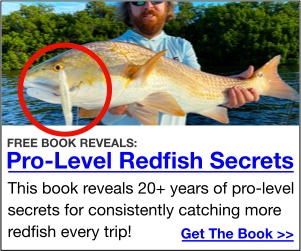


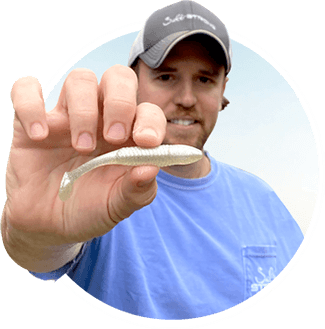
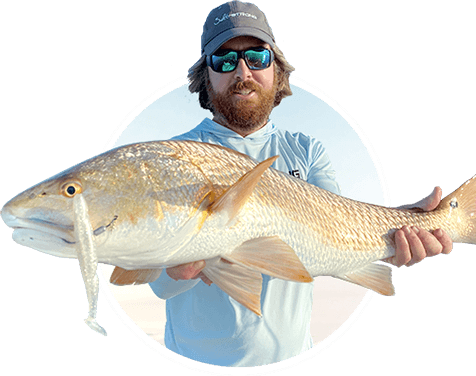
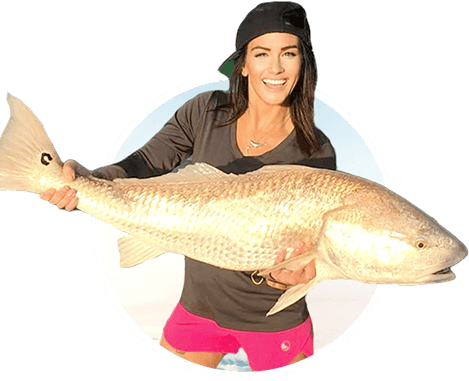
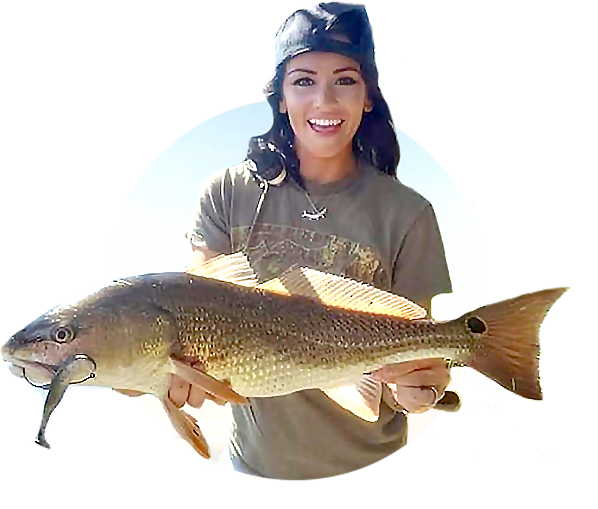
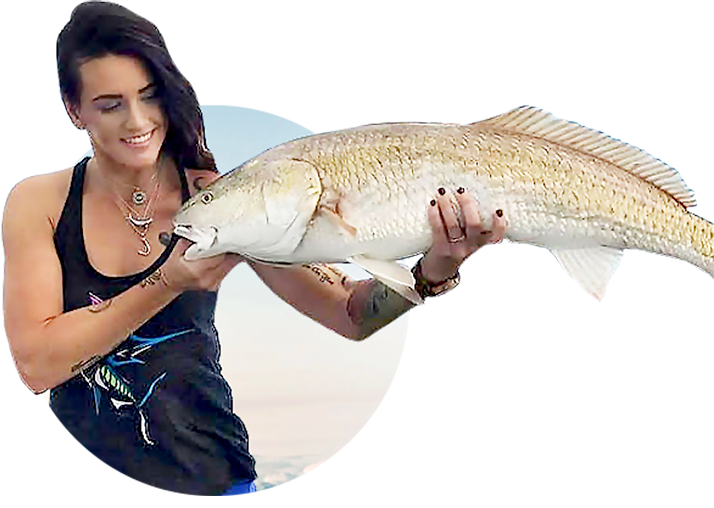
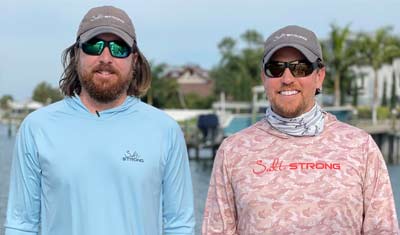
How about testing visibility? Also different types of abrasion resistance other than sandpaper?
Visibility testing is my next focus.
I have been using the floro bulk spools for years. There is no difference between the lines. They are the same. Most of the guides I have either used or talked to, agree with me.
I like your experimental design, however, this assumes that the abrasion that occurs in real life is simulated by the sand paper. Obviously it would be difficult to have repeated fish bites to the line.
Perhaps using several different abrasive surfaces would add to your data.
These tests were mostly focused for snook and tarpon which have sandpaper-like teeth and do a lot of head shakes that enable them to rub through fishing line.
Curious to see a main line and a leader line from the same test spools tested a couple times against themselves. Ideally the lines should fail pretty much at the same time, right?
I am better informed in making a purchasing decision. Any plans for more recent comparative tests using other lines? Thanx for taking the time.
Thanks John! Yes, I have more line tests on the agenda… just need some time to knock them out.
Good results to know. Have you done the same test with other manufacturers?
Just with Berkley Vanish… same results.
thanks. i have recently started usind mainline flouro for a leader. i haven’t done it long enough to draw a conclusion. but, after seeing this will use mainline flouro from now on for specks.
Well done experiment!
Thanks Kieran!
I linked to this video from the one where you tested floro leader against mono leader, would it be possible for you to do this same test with mono main line and mono leader?
I haven’t found any that offer the same line in both forms. Do you have any in mind?
Luke- As this test is a couple of years old, I was wondering if you have done any more testing. Do you still use regular line mono as a leader?Do you think the ‘visibility’ factor makes flouro a safer choice if price isn’t that much of a factor? As I don’t fish that much and don’t go through tons of line, if there is any chance that using flouro leader line gives me an advantage, I will use it. However, like most people, I don’t like getting ripped off. Thanks
I haven’t bought any fluoro since doing those tests and still switch back and forth as I deplete my inventory of fluoro… still haven’t seen a noticeable difference in fish catching one way or the other.
Thanks for the info Luke. You still have flouro left after 2 years. I guess you, like most of us, build up giant inventories!